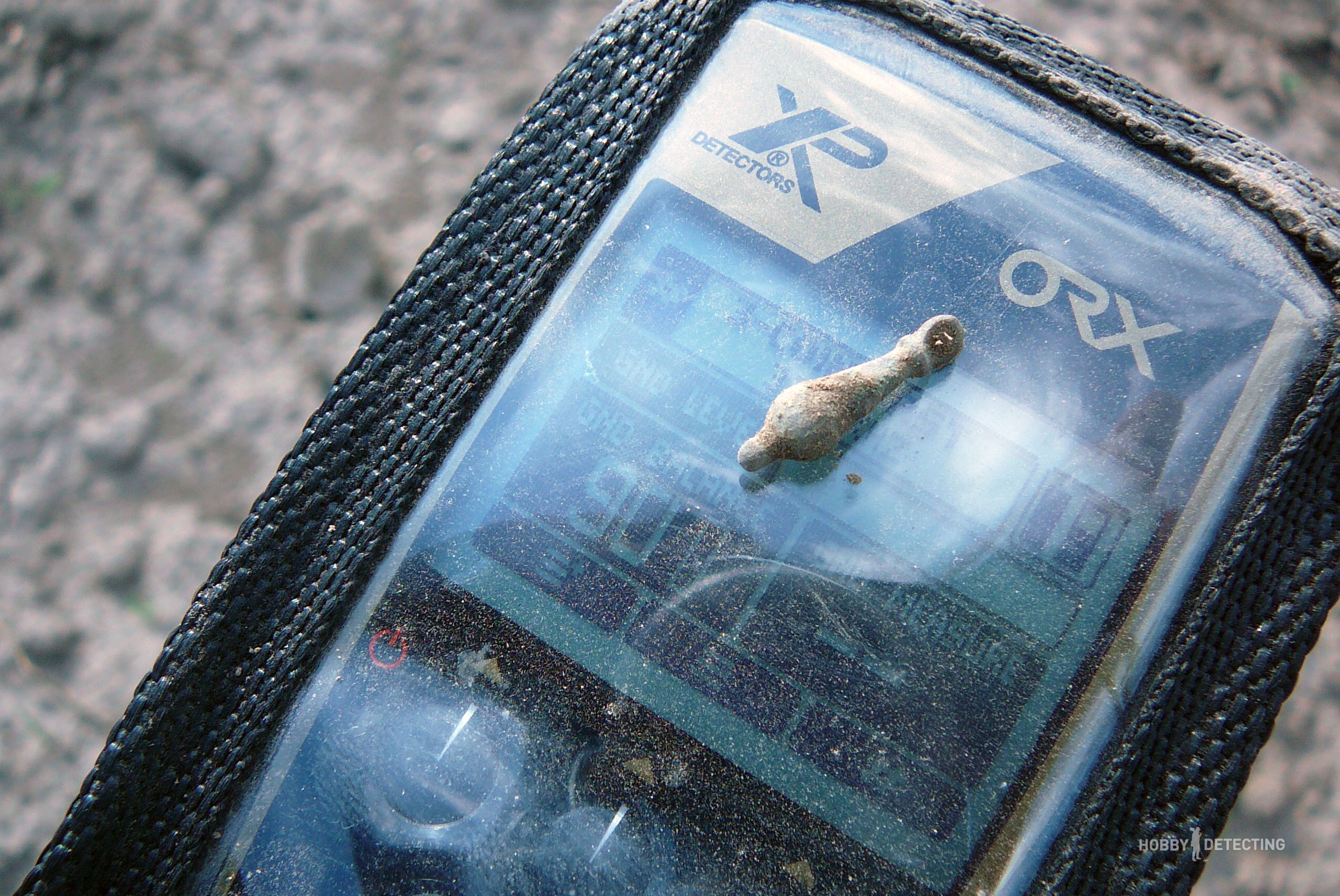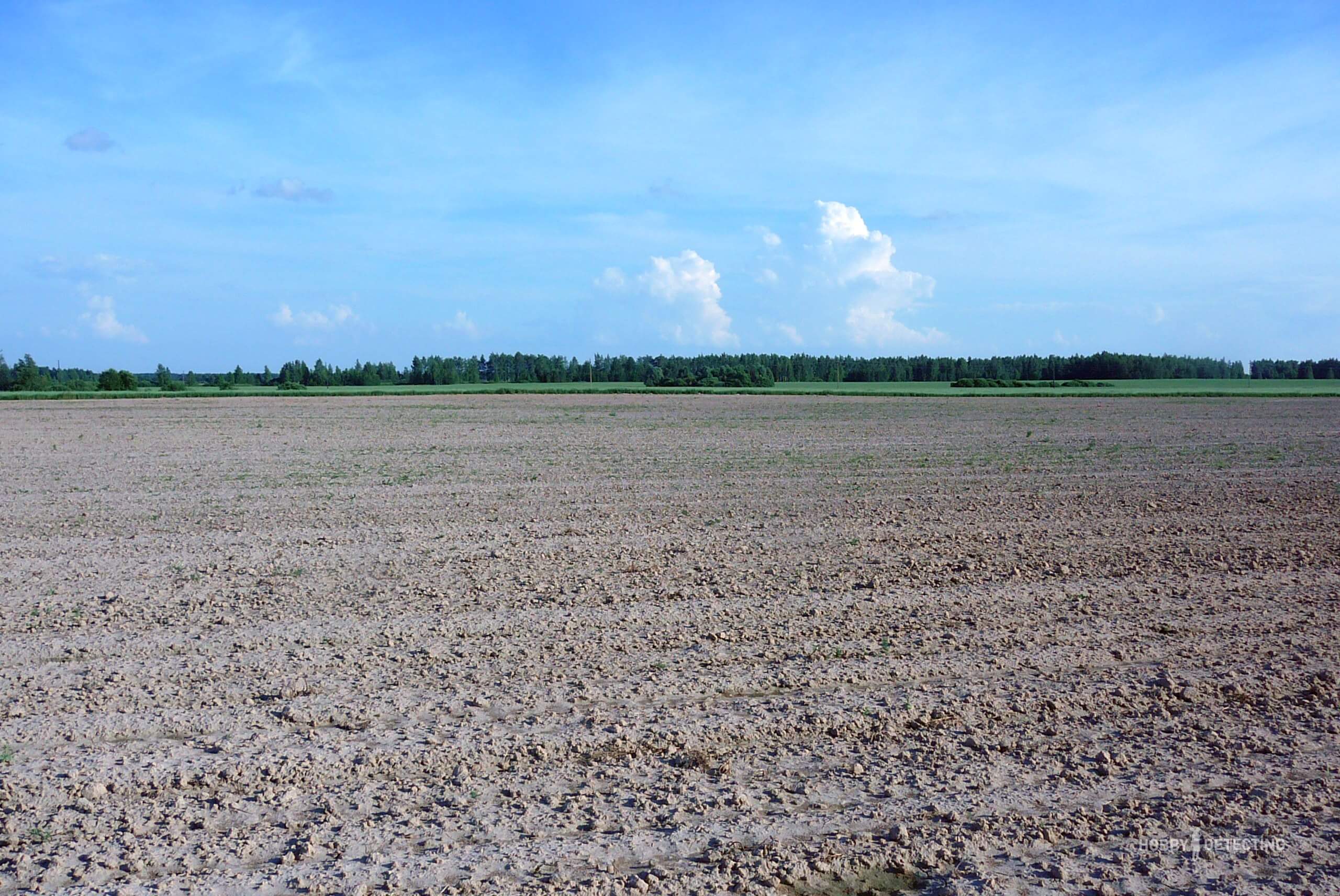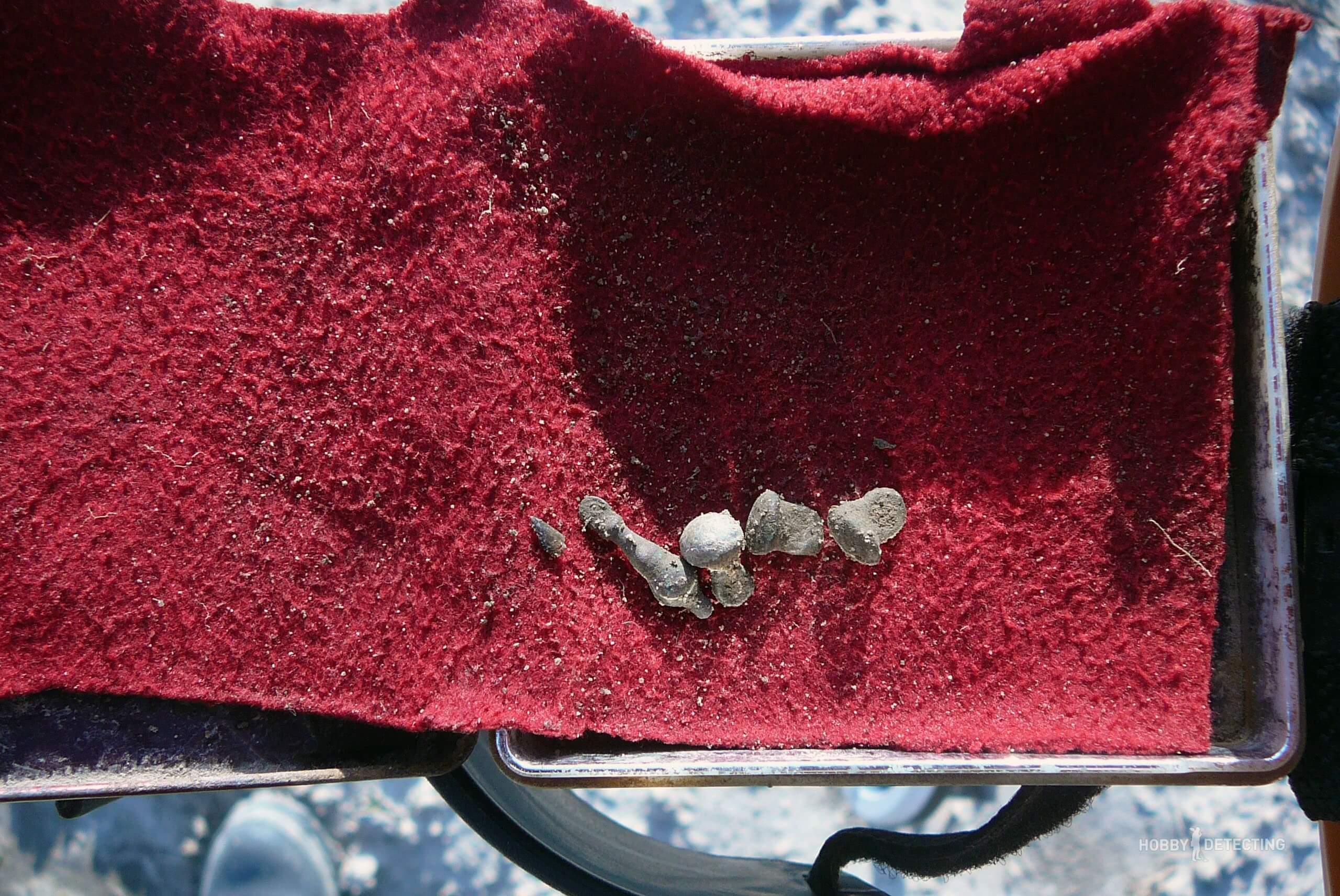Exploring an interesting place. I'll tell you why I found it interesting.
In general, there are interesting places to dig for this summer season and have been explored for a long time. Two fields plowed up for fallows do not leave without finds. The result is always different, but there are consistently findings. However, a true digger will always take the long view. So, during one, not very fruitful reconnaissance, I spotted an interesting place. I then walked across the field, along a small river, now it is already a stream, but before the drainage of the swamps in our area, this same stream in the spring and after the rains could be quite full. So, places in such locations must be studied and checked.

So, I was walking along one field, and noticed a very interesting point on the other bank of this same stream. As I already said, the first point of attraction was that very stream, the second fact was the presence of two swamps along the borders, that very field, and the third sign was a high hill that stood out in the area. Well, how do you say hill? In our area, any elevation two to three meters above the swamps can be popularly called a mountain. Tatar Mountain, Snake Mountain, Nikitina Mountain and so on. However, it is sad that modern residents have long forgotten what a hill can be called. It happened that I would find the name of a certain place in ancient documents, but no one could find out where it was. Even the old-timers don't remember. So, I always check the hills in the fields.

The next day, after circling a little through the woods, I found the road to that field. I arrived and dearly, what a beauty. The soil is clean sand. This means that the finds here must be preserved from the emerald forest. I assembled the device and set off to comb the hill slowly but surely. At first, I was delighted to see ceramics on the slopes of the hill. Well, definitely a great sign of an old village. However, after checking several iron signals, the joy began to fade. The hill was strewn with rubbish from the Soviet period. Nails, pieces of sheet metal, plate links, broken glass and of course the ubiquitous vaccine jams. Well, now it’s clear where the clay pottery could have come from. That's right. With manure from farms.

And yet, a couple of signals cheered me up a little. These were a button weight and an element of women's jewelry from the 16th to 18th centuries.
I circled the area a little; the fact that the reconnaissance was empty became clear in the second hour of wandering. However, it was necessary to make sure that there was definitely nothing to look for in the future in this place. I walked along two corners of the field, and along the sown area headed towards the car. A copper tap can be recognized as a test find of this day. Two kilograms of pure copper. In the backpack and home, in a separate box with non-ferrous metal.

As a result?
I won’t say that the result of the reconnaissance was a failure. On the one hand, the presence of buttons of weights in that place showed that there was still some kind of economic activity there in the past. At the same time, once again, I was convinced of the abilities and capabilities of the new device. He sees little things very well, which in the future will be very important when reconnaissance in forest areas.


Thank you for attention. If you liked the post or found it useful, don’t forget to like it and leave your constructive comments.

